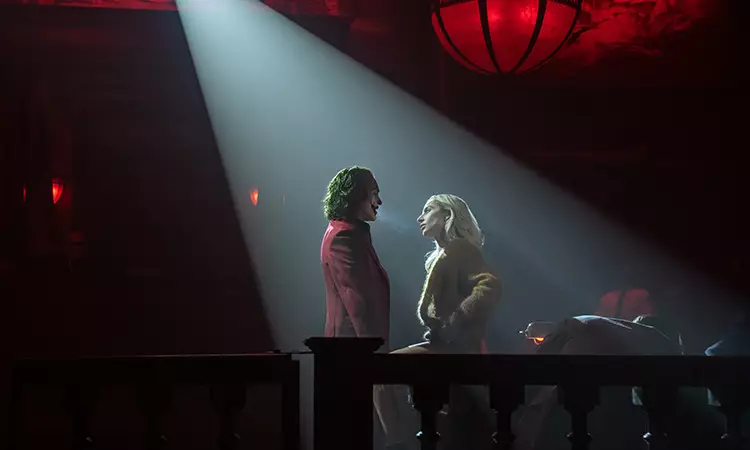The character of the Joker, whether in comic books or on screen, consistently reveals an intricate balance of brilliance and madness. He is, fundamentally, a character defined by his cerebral cunning rather than mere comedic antics. Todd Phillips’ sequel to the acclaimed **Joker**, delves deeper into this complexity. This film not only illustrates the Joker’s tumultuous relationship with Harley Quinn but also questions the sanity of recreating a narrative that thrived in chaos. By merging dark themes with musical elements, Phillips explores the character’s dualism in an innovative and unsettling manner.
At the heart of this sequel lies Arthur Fleck, played masterfully by Joaquin Phoenix, who is once again embroiled in chaos after the events of the first film. This time, he grapples with the aftermath of his murderous spree while attempting to confess further atrocities. The film invites audiences to observe his fractured identity—torn between the facade of a damaged man and the overwhelming persona of the Joker. This tension raises compelling questions about mortality, fame, and the complex nature of violence. As Arthur seeks solace through his confessions, the underlying reality of his madness looms large, creating an unsettling but engaging narrative arc.
Madness as an Artistic Expression
Phillips’ vision famously intertwines art with the chaos of the Joker’s narrative. As the character’s imagination spirals, so does the film itself, morphing into a vibrant musical experience. Audiences are treated to show-stopping performances, particularly from Lady Gaga as Harley Quinn, who offers an unpredictable and dynamic rendition of her character. The musical numbers serve a dual purpose: they highlight the lunacy of their world while simultaneously allowing a fresh perspective on their shared madness. Songs like *If They Could See Me Now* and *The Joker* further capitalize on the juxtaposition of humor and darkness, prompting viewers to reconsider the nature of their entertainment.
Throughout the film, Phillips skilfully confronts the audience with stark moments of reality that serve as a check on the overarching fantasy. The character of Gary, a minor clown portrayed by Leigh Gill, represents the collateral damage in the Joker’s wake—a reminder of the real lives disrupted by Arthur’s descent into insanity. This grounding effect poignantly underscores the consequences of the Joker’s actions, illuminating a facet of the character often glossed over in traditional adaptations.
Phillips adeptly pays homage to various cinematic references, echoing the thematic complexities of films like *New York, New York* and *Natural Born Killers*. By intertwining visual and narrative inspirations from these classics, he crafts a rich tapestry that resonates with audiences familiar with the genre. The stylistic choices not only enhance the Joker’s story but also elevate the film beyond conventional superhero norms.
Ultimately, this sequel presents a captivating study of identity, madness, and the human condition through the lens of one of comic culture’s most notorious villains. By redefining the parameters of storytelling around the Joker, Todd Phillips puts forth a narrative layered with meaning, challenging audiences to confront the unsettling interplay between brilliance and insanity. The film’s ambitious approach fosters a conversation about the nature of art and its relationship to chaos, reshaping the future of comic adaptations.


Leave a Reply